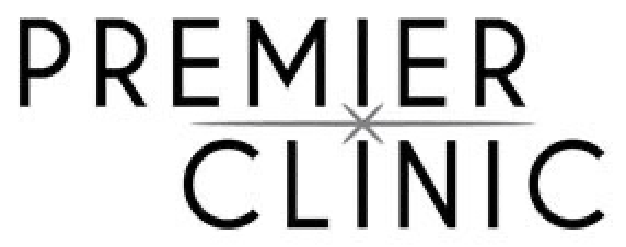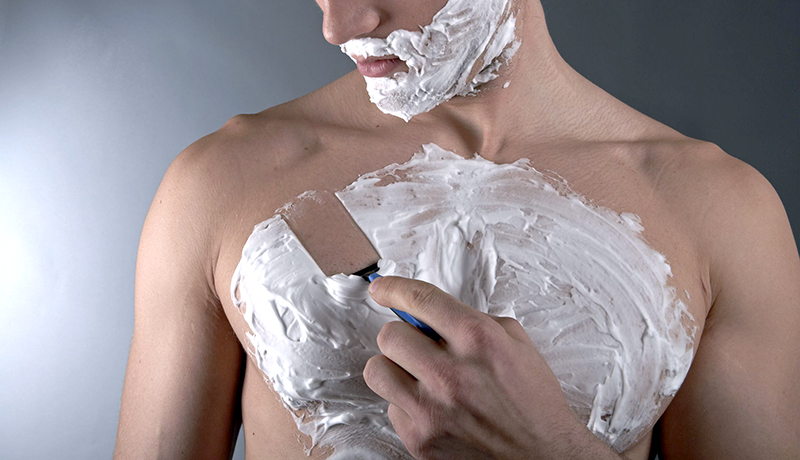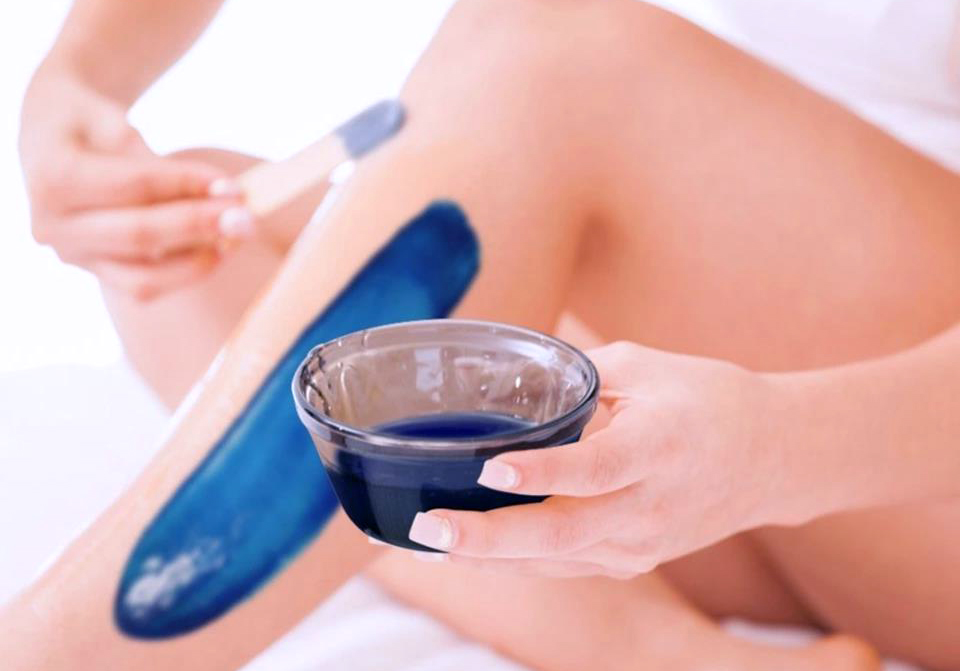We’ve all dealt with hair in our lives. Whether it’s on top of the head or elsewhere on the body, grooming and removing hair just happens to be part of the human condition. But for some particularly hairy people, taming all that body hair can be a real chore.
An excellent solution to your hairy worries are the various forms of permanent body hair removal available us in this modern era; if there’s no hair to care for, then there’s no need to remove it!
There are a lot of ways out there to cut down on how much hair is growing on your body, each varying in convenience and effectiveness. We’re going to look at all of our options to see what works best for people with a little too much hair.
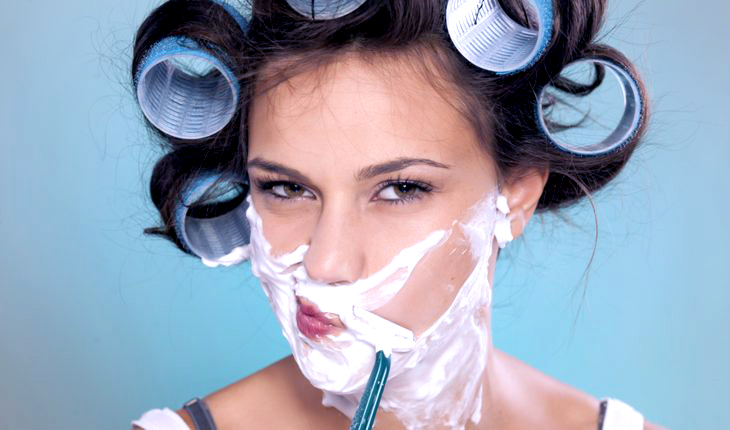
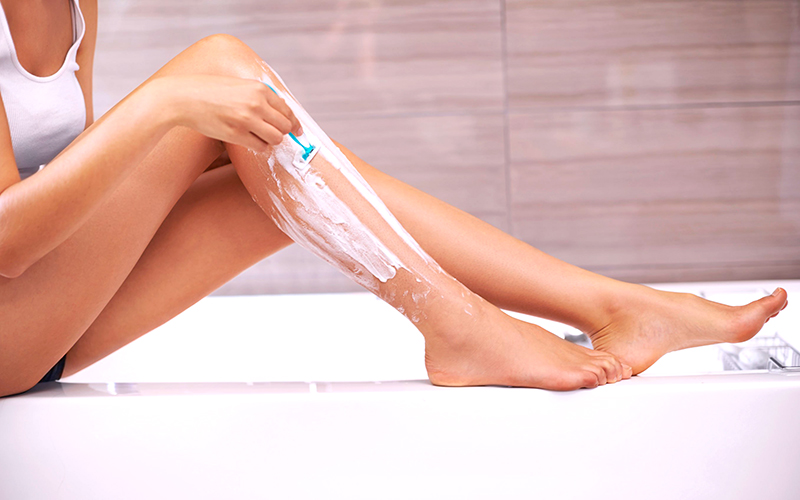
Why Remove Body Hair?
Before we get into that, let’s look at the why.
Body hair removal can be a chore, whether it’s permanent or temporary, and if you’re not doing it yourself, you’re likely paying someone else a good deal of money to do it for you.
So we have to ask, why go through all the trouble?
Most of the time, the reason is simply to look and feel better! Common reasons for hair removal include personal preference, cultural influence, religion, hygiene, or simply to look and feel more confident.
Maybe you love rocking hairless legs or perhaps you prefer to not have pubic hair!
Aesthetics and body confidence are as valid a reason as any. This is especially true among the ladies, where a lot of effort has been made into controlling excessive hair growth in women.
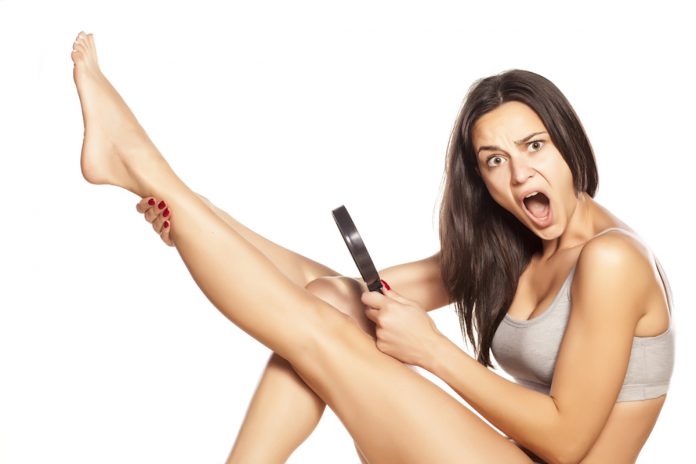
Improving Hygiene With Body Hair Growth
However, body confidence is not the only reason to remove body hair. Hygiene is also a factor, especially in order to reduce body odor. Not all sweat glands are made equal, and only one type is responsible for causing body odor: apocrine sweat glands.
These are largely concentrated around the armpits and the groin, among a few other places on your body.
Now, sweat from the apocrine glands isn’t that bad on its own, but they do gain an odor after bacteria has had time to break the sweat down. Body hair also slows down the evaporation of sweat and gives bacteria more time to cause body odor.

Reducing Body Odor
Removing hair from the armpits and groin helps reduce body odor, especially in tropical climates where temperatures are high and sweating is a part of daily life.
Even without the bonus of reducing body odor, it can be beneficial to remove body hair if you live somewhere tropical; less body hair means sweat evaporates quicker.
Permanent Body Hair Removal vs Temporary Body Hair Removal
Strictly speaking, ‘permanent’ isn’t really the best word. Except for electrolysis, no method of hair removal is ever permanent in the sense that, once you’re done with the treatment, you’ll never grow hair there again.
Most permanent hair removal methods are better thought of as long-term solutions, removing hair for about a few months, at the minimum.
What they do give is what the US Food and Drug Administration defines as ‘permanent hair reduction’, that is, the long-term, stable reduction in how much hair grows back after treatment.
Let’s go over the various ways on how to remove body hair for females, so we can examine each benefit and downsides in comparison to one other. You may already be using some of these in your own grooming routine.
The Classic Options
Shaving
Shaving is one of the two old and familiar options, but we all know, it’s very far from permanent. It’s easy enough and you can do it yourself, but it’s still time consuming and annoying.
Plus razors wear out eventually, and you’ll have to keep buying new ones. This is really only an option if you don’t mind putting in the work to regularly shave, or if you don’t have much hair to be concerned with.
Plucking
Plucking is also an old standby, and who doesn’t have a pair of tweezers nearby?
There is also some good news: prolonged plucking eventually damages the hair follicle, which leads to either a finer hair the next time it grows back, or for hair growth to stop entirely.
The problem is that this permanent reduction is not a controllable process. Plucking itself also takes a lot of time and is rather painful.
Waxing
Waxing is one of the most effective ways to remove large areas of hair in a short time. It does tend to be time-consuming, and it can be painful, but it’s a good option if you find it a hassle to trim daily.
Downsides are that you have to let the hair grow long enough for the wax to get them. You have your choice of at-home kits or professional services, which can come down to a choice between potential messiness or expensive treatments.
Sugaring
Sugaring is a process comparable to waxing. The process is largely similar: a paste made of sugar, lemon, and hot water is applied to the area to be cleared and is then pulled back quickly to remove the hair.
The important difference, which makes sugaring far less painful than waxing, is that the sugar paste only sticks to the hairs, not the skin. It’ll still sting a little, but not nearly as much as waxing. It can be done professionally or at home.
The downside is that it’s not a very common process, so it’ll be a bit more expensive, as fewer professionals are familiar with the process. Plus, again, hair has to be long enough for the paste to catch them.
Both sugaring and waxing will also damage the follicle the same way as plucking does, and after a long time undergoing both, you’ll find treated areas with finer, softer hairs than were there previously. But this does take a long time; you can’t expect a permanent reduction in hair after a few sessions of waxing or sugaring.
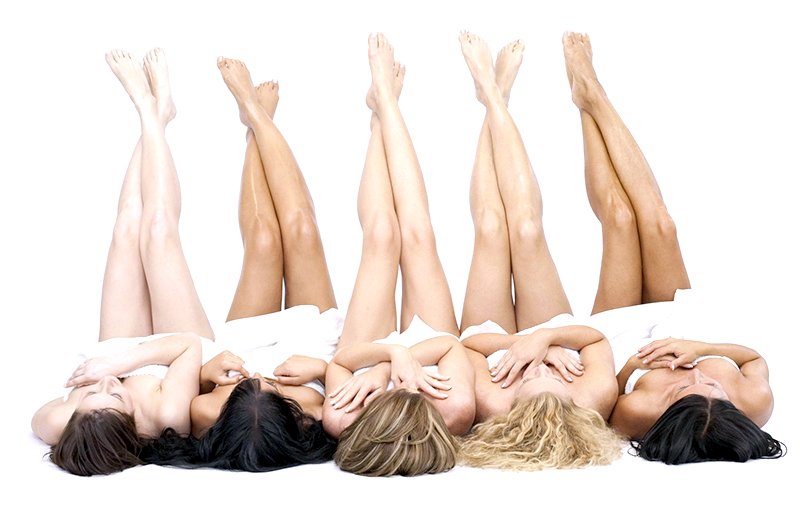
Downsides Of Temporary Hair Removal
Here’s a downside to all of the above, though: None of them are anywhere near permanent. At best, you can count on a few weeks before hairs start growing and you have to take care of them again. That can be a chore, so why don’t we look at some longer-lasting solutions?
Technology Meets Grooming
The solutions below are longer-lasting because they also target the follicle and damage it in the process. Where it takes a long time for plucking, waxing, or sugaring to affect the follicles, these methods do so from treatment and are thus the best means of permanent body hair removal.
Electrolysis Hair Removal
Electrolysis is the most effective, and it’s the closest we can get to truly permanent hair removal. This involves inserting a tiny metal probe into the hair follicle, then passing an electric current through the probe. This will kill the follicle and inhibit any further growth of hair from that specific follicle.
It’s not particularly painful; there’s some discomfort, but most of the time it’s not really enough to warrant any use of painkillers.
The real downside is that it’s time-consuming. It has to be done for every last follicle you want to get rid of. A fifteen-minute session only gets rid of thirty to forty follicles, and that means it’ll take a very, very long time to clear out large areas.
It’s only really worth it for small areas, so if you want to remove unwanted facial hair permanently, it’s excellent; for other places, it takes far too long.
Permanent Laser Hair Removal Targets the Hair Follicles Underneath Skin
3 Things you missed from our laser hair removal event
Laser Hair Removal & Intense Pulsed Light
Laser hair removal and intense pulsed light both work on the same principle with only slightly different mechanisms. Both of them use either a laser or focused light to heat up and damage hair follicles while leaving the surrounding skin intact.
This is possible because of melanin, the pigment in hair and skin. Darker hair absorbs more energy that doesn’t affect lighter skin, and so the heat passes through the hair and into the follicle.
There’s no need to get all the way in like in electrolysis, so a laser treatment doesn’t take as much time, and so can cover a larger area.
Downsides To Laser Treatment
As with all things, there are downsides to laser treatment. It takes some time, as laser removal works best on hairs in their growing phase, and only a fraction of hair is in that phase at any given time. This means multiple treatments are needed to clear out all the hair in a given area. Generally, most people need about three to six laser treatments.
Other Side Effects
Plus there are possible side effects. On the benign end, there’s redness and irritation. These are common in laser hair removal and are no cause for concern as they generally go away about an hour after your treatment.
There are also pigment changes on your skin, light or dark spots not quite matching your typical skin tone. If these come up, they’ll generally fade within a few days.
If either case persists for longer or looks too severe, speak to your doctor.
Other side effects are rarer. Those who scar easily may experience scarring from laser removal. If you’ve tanned recently before going in for a laser appointment, you may notice a change in skin texture. If you go out in the sun too soon after your procedure, blisters may result.
At-Home Laser & IPL Hair Removal Kits
There are at-home laser and IPL kits available for you to remove your hair permanently without having to visit a professional, at a fraction of the price.
Given the potential side effects of laser and IPL treatments, the American Academy of Dermatology recommends going only to certified dermatologists. Not as convenient or as cheap, but you avoid many of the potential risks.
Laser Hair Removal And Dark Skin
There’s a certain disadvantage to laser removal, inherent in how it targets melanin. Laser hair removal works best on people with dark hair and fair skin since most of their melanin is concentrated in the hair.
People with blonde or red hair are unable to make use of laser removal, as there’s not enough melanin for the laser to act on. Simultaneously, people with darker skin run the risk of side effects or actual skin damage, as the greater amount of melanin in the skin means the laser can’t distinguish between skin and hair, and thus also damages the skin.
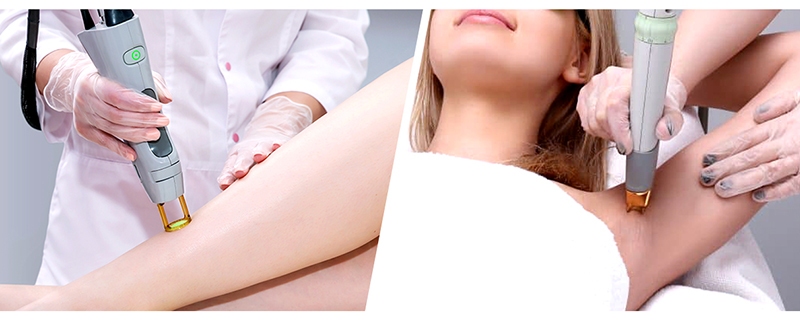
Hair Removal using Nd:YAG Technology
But technology advances all the time, and even this hurdle has been cleared. A specific type of laser, the Nd:YAG (neodymium-doped yttrium aluminum garnet, if you’re curious), has been proven to work on darker skin. It operates on a longer wavelength and penetrates deeper into the skin than other laser types, and thus more effectively bypasses the melanin in the skin.
Nd:YAG treatments also pulse for longer, which leaves more time for the skin to cool and avoid damage. The darker the skin, the longer the pulse time, though the same energy is delivered no matter the pulse duration.
The side effects are no worse than what we see with typical laser treatments and are usually on the benign end.
A competent dermatologist will reduce the risk of side effects; the worst you can expect is irritation or maybe a few dark or light spots that will clear out within ten days.
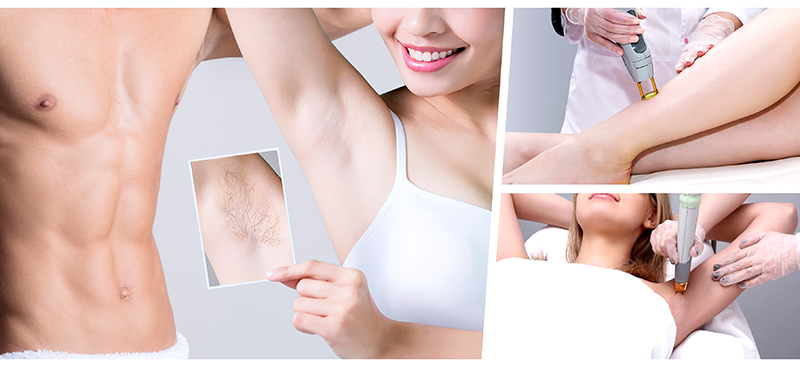
What To Do Before And After Your Laser Hair Removal Appointment
Before The Hair Removal Appointment
First and most important: Shave the area to be treated. Unlike waxing, where the hair needs to grow out for the wax to get a grip, laser hair removal of any kind works better on a clean-shaven surface. This will make sure that the little bit of hair near the follicle is what gets heated, instead of the entire rest of the strand.
If you’ve been tanning or been sunburnt, you can’t go in just yet; wait about two weeks before treatment to avoid any additional damage to the skin.
If you’re using sunless tanning products, chemical peels, and any other skin product that affects the skin, avoid them for about two weeks before and after your treatment and exfoliate the area to be sure you’ve got every trace of it out.
Also, avoid physical activity that increases your blood pressure or body temperature two hours before and after your treatment. If you’re on antibiotics or other medications, check with your physician before going in for treatment.
After The Hair Removal Appointment
For after the appointment, it’s time to go vampire mode. Avoid the sun, or other ultraviolet exposure, for a week after your treatment. If you experience any discomfort after the treatment, apply a cool towel or ice pack, or aloe vera to soothe the skin. Sunscreen is important when you’re going out, SPF 30 or higher, especially if you can’t avoid being in the sun.
If you do get blisters, don’t puncture them. Blisters may occur as a result of the treatment itself, or because the treated skin was exposed to the sun. Keep the blisters loosely covered, and clean the area with soap and water, then apply a bit of petroleum jelly. They’ll subside in about a week or two.
Before & After Laser Hair Removal


Conclusions
The days of painful hair removal and regular visits to the beautician are behind us. There are a good many options to control the growth of body hair, and if you want a good long-term solution to unwanted body hair, then laser hair removal is right up your alley.
With Nd: YAG laser treatment, the old concern about dark skin not being the best for laser removal doesn’t matter now. Light-skinned or dark if you’re wondering: how to permanently remove body hair? Laser hair removal is a great option.
So don’t wait up! Schedule your appointment now and start the journey to looking like the best possible version of yourself, groomed and hair-free!.
